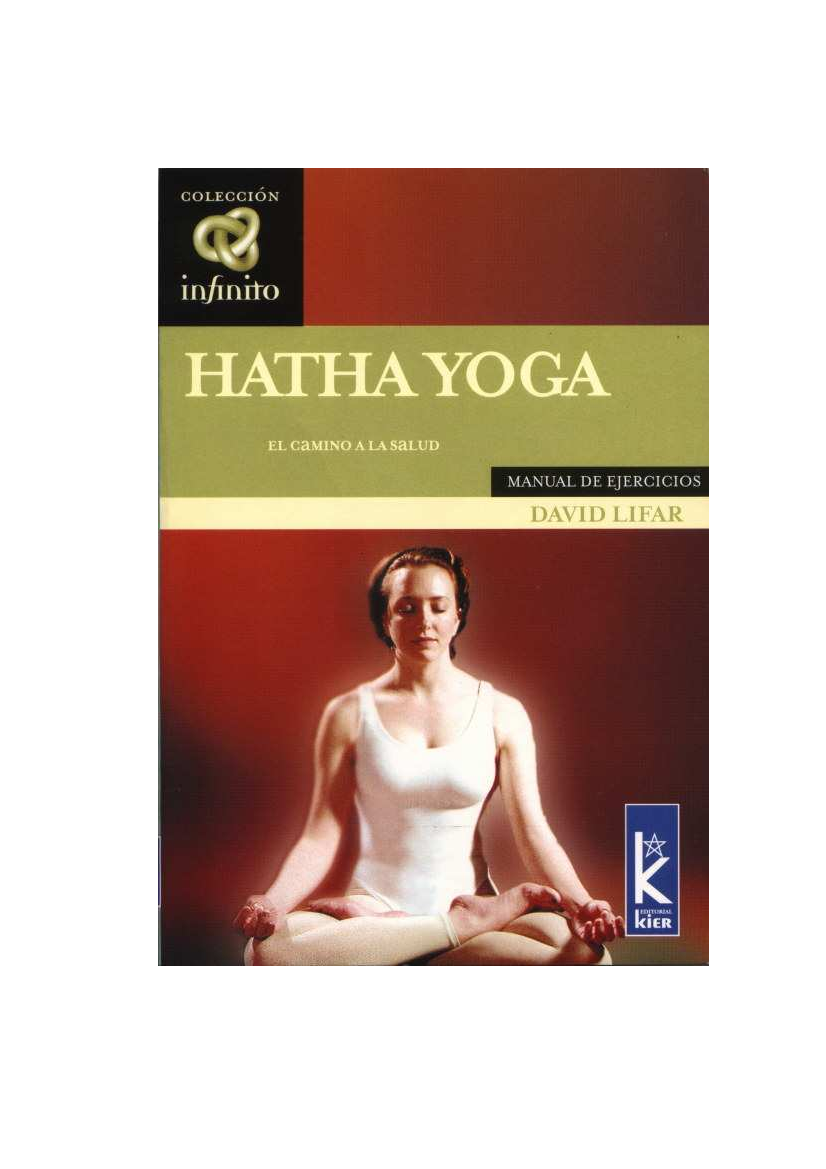

Hatha yoga is the perfect tool to help man evolve efficiently out of his animal. The text is illustrated in an 1830 manuscript with 84 paintings of asanas, prepared about a hundred years after the text. Verse 1 after asana practice becomes steady the yogi observing yama. It is sometimes treated as a kriya or cleansing action along with kapalabhati to clear the airways in preparation for other pranayama techniques. Different pranayama come with numerous benefits and choosing. Hatha yoga attains the union of mind-body-spirit through a practice of asanas, pranayama, mudra, bandha and shatkarma. Posture becoming established, a yogi, master of himself, eating salutary and moderate food, should practice pranayama, as instructed by his guru. The author of numerous books on yoga, he has spread the message of yoga across the world, under the banner of svastha yoga and ayurveda. It means one who delights in ones atman, indicating the achievement of a state of bliss. By practicing in this way one is raised to the position of succeeds in getting raja yoga.

Svatmarama brings light into the darkness of hatha yoga. Two: shatkarma and pranayama page 1 being established in asana. Pranayama will now be described with reference to the hatha yoga pradipika and the gheranda samhita. It presents exotic teachings to a cultic milieu that sought "ideologically familiar forms of practical spirituality.The six limbs of yoga are asana, pranayama, pratyahara, dharana. Raja Yoga became an instant success and was highly influential in Western understanding of yoga De Michelis has suggested it marks the start of modern yoga, though that later took very different forms. Absolute.Īn appendix contains a translation of the Yoga Sutras of Patanjali. It insists on leaving behind "all powers and attainments" to reach an "altogether transcendent state." This state is reached in the last stage of samadhi, and is equal to the identification with the purusa, or "the One or Emerson's Oversoul c.q. A third mode of thought, called "Neo-Advaitic" by De Michelis, is otherworldly oriented.According to Vivekananda, "each individual mind is part of the 'universal mind'" which can be rejoined by attaining samadhi. Yoga is presented here as a journey of the mind back to its origins by means of meditative practice. The Samadhi Model, which focuses on the power of mind, is strongly influenced by transcendentalism, New Thought, and William James's functional psychology.The accumulation of prana leads to liberation, and furthers "speed up the adepts on their evolutionary path towards the ultimate goal." It gives a prominent place to prana as the central life force, which can be controlled by Raja Yoga. The Prana Model, which is mostly applied in the first part, is strongly influenced by the mesmeric beliefs which were popular at that time, and also contains Hatha-yoga teachings.According to De Michelis, Vivekananda's ideas on Raja Yoga mainly consists of two different models, with sometimes a third "mode of thought": Vivekananda's interpretation of Patanjali's Yoga Sutras is mostly based on the part on astanga yoga, the eight limbs of yoga described in the Sadhana Pada or practice part. The other three yogas are the classical Karma Yoga ( Karma Yoga), Bhakti Yoga, and Jnana Yoga ( Jnana Yoga). An important element in his adaptation of Hindu religiosity was the introduction of his four yogas model, which includes Raja yoga, his interpretation of Patanjali's Yoga sutras, which offers a practical means to realize the divine force within, which is central to modern Western esotericism. Vivekananda adapted traditional Hindu ideas and religiosity to suit the needs and understandings of Western audiences, who were especially attracted by and familiar with Western esoteric traditions and movements like transcendentalism and New thought. It presents Vivekananda's understanding and interpretation of Patanjali's Yoga Sutras, "and a selection of hathayoga teachings on the basis of the beliefs that he shared with his students." These included elements from traditional Hinduism, but also ideas from western science, Idealism, and "the Neo-Vedantic esotericism of the Brahmo Samaj and Western occultism," including mesmerism and "American Harmonial religion."
HATHA YOGA BOOK PDF PLUS
Raja Yoga contains transcripts of lectures by Vivekananda on "Raja Yoga", his interpretation of Patanjali's Yoga Sutras, and a "rather free translation" of Patanjali's Yoga Sutras plus Vivekananda's commentaries, which also was a series of talks.


 0 kommentar(er)
0 kommentar(er)
